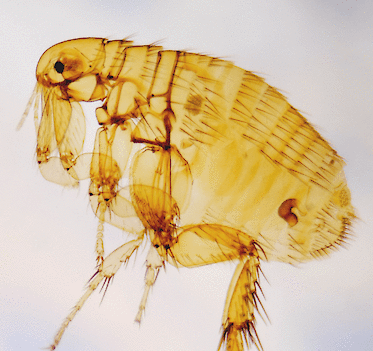Symptoms, Treatment, and Prevention in Modern Times
Rumors have been swirling and causing quite a stir lately. Public health officials in El Dorado County confirmed that a South Lake Tahoe resident recently contracted the plague, most likely after being bitten by an infected flea while camping. This is the first confirmed human case since 2020. Fortunately for the infected, he is at home recovering under medical supervision. But what exactly is the plague—and is it something we should be worried about? We took a closer look at this rare condition to separate the facts from the fears.
What Is the Plague, Anyway?
The plague is a disease that affects mammals. It is caused by the bacterium Yersinia pestis. It is transmitted to people primarily through the bite of infected fleas that feed on wild rodents such as squirrels and chipmunks. Symptoms of the plague usually depend on how the infected contracted the disease.
There are three forms of the disease:
- Bubonic Plague: Patients with this form of plague typically develop fever, headache, chills, weakness, and swollen, painful lymph nodes known as buboes. It most often occurs after the bite of an infected flea, with symptoms appearing within 2 to 8 days. The bacteria multiply in the lymph node closest to the entry point, causing swelling and pain. Without proper antibiotic treatment, the infection can spread to other areas of the body.
- Septicemic Plague: Septicemic plague causes symptoms such as fever, chills, severe weakness, abdominal pain, shock, and sometimes bleeding under the skin or into internal organs. In advanced cases, tissue on the fingers, toes, and nose may turn black and die. This form of plague can appear as the first sign of illness or develop from untreated bubonic plague. It is most often transmitted through bites from infected fleas or by handling an infected animal. While the exact incubation period isn’t well defined, symptoms are thought to appear within just a few days of exposure.
- Pneumonic Plague: Pneumonic plague typically begins with fever, headache, and weakness, followed by rapidly worsening pneumonia. Symptoms can include shortness of breath, chest pain, coughing, and sometimes the production of bloody or watery mucus. This form of plague develops when bacteria spread to the lungs from untreated bubonic or septicemic plague, or when someone breathes in infectious droplets from another person or animal already sick with pneumonic plague. It is the most dangerous type of plague and the only form that can spread directly from person to person. After exposure through inhalation, symptoms can appear in as little as one day.
Why This Rare Case Isn’t Cause for Worry
While plague is a very serious illness, it is not untreatable. Common, widely available antibiotics are effective against the disease. And even though cases are extremely rare, you can reduce your risk with a few simple precautions:
- Avoid direct contact with rodents or animal carcasses, especially while camping or hiking.
- Protect yourself with insect repellent and wear long sleeves and pants when spending time outdoors.
- Keep pets away from rodent burrows. Cats are especially vulnerable to plague and can become infected if they roam in high-risk areas.
- Seek medical care right away if you develop fever, swollen lymph nodes, nausea, or weakness—particularly after outdoor activities.
Bottom Line
While the word “plague” can be alarming, the reality today is very different from the medieval pandemics. With effective antibiotics and strong surveillance, modern cases are rare, and manageable when caught quickly. It’s always smart to stay informed and take common-sense precautions outdoors.
If you’d like to learn more about infectious disease risks or signs to watch for, HealthCARE Express is here to help. Walk in or book online today.
